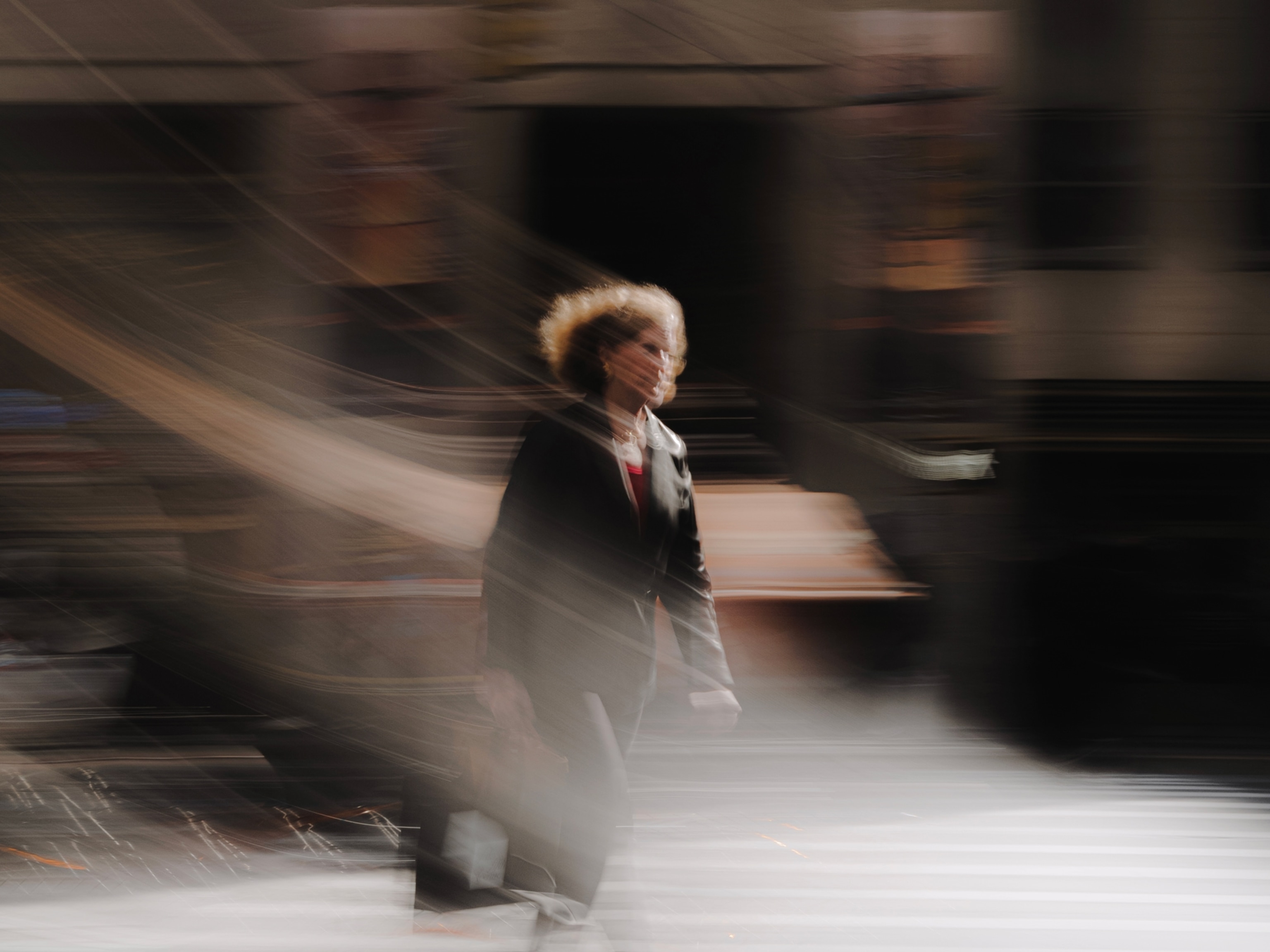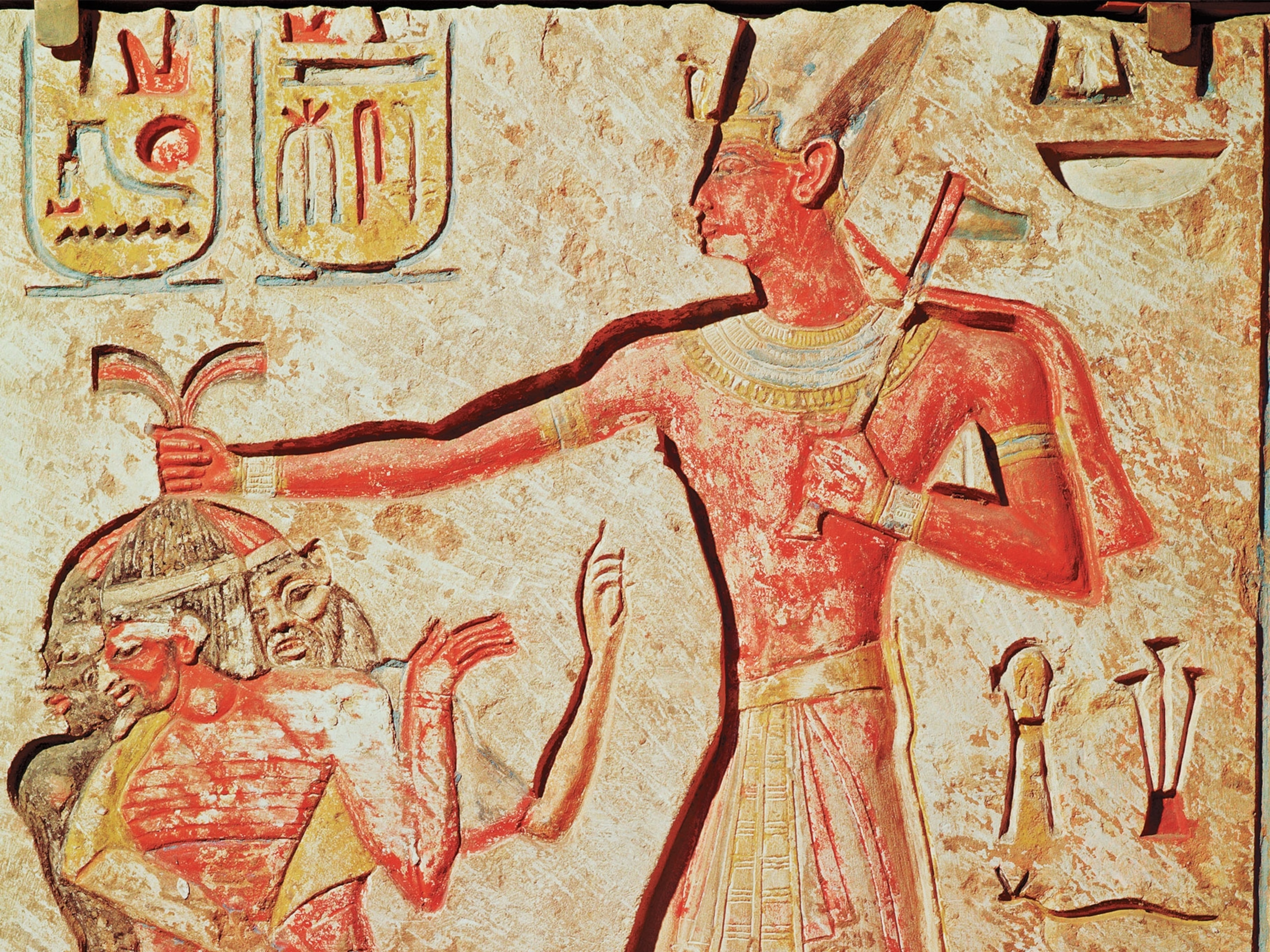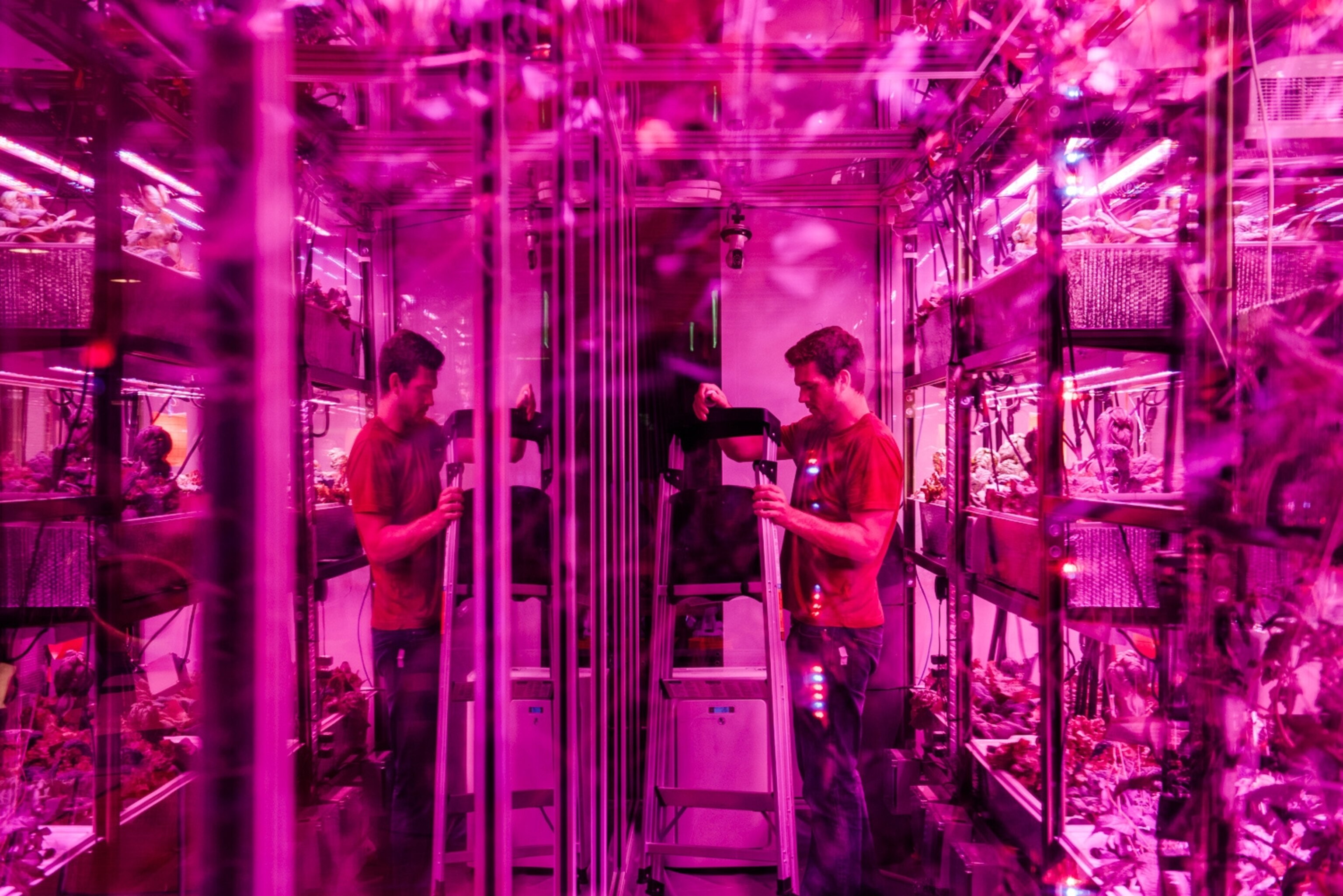
An Emerging Photographer Grows His Craft on Urban Farms
In the fall of 2014 Mario Wezel, a German photographer who had recently been named the College Photographer of the Year, received a phone call that would change any young photographer’s life. National Geographic magazine has one photo intern each year, and that year it was going to be him. For three months he would be able to work on the story of his choice, guided by an experienced magazine editor, learning the ins and outs of a beloved magazine.
I asked Mario to talk about his experience working on a story for National Geographic.
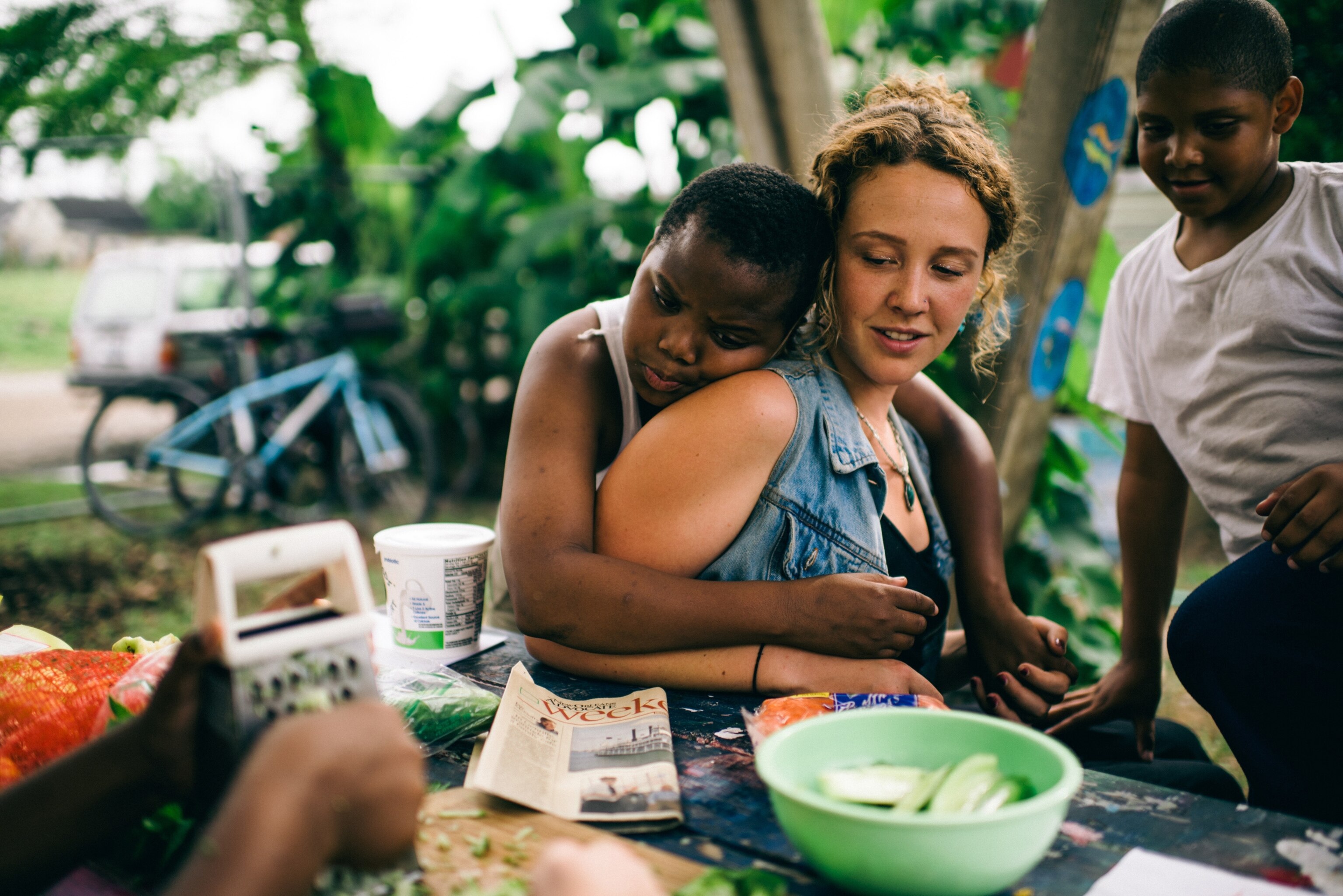
MARIO WEZEL: I wanted to work on something that would allow me to get to know the U.S. socially and geographically. I had been looking into traditional farming methods when my photo editor, Jessie Wender, pointed out how present urban farming had become recently in the United States. The more I researched it, the more excited I got.
What motivated these urban farmers? Why do they do what they do? How does it work, practically? I was eager to find answers and set out [for] New Orleans, L.A., San Francisco, Boston, and New York to find them.
Working on a story in the U.S. allowed me to travel back to the office midway and get as much feedback as possible. I was able to get a glimpse into the everyday operations of the magazine but still had enough time to travel and work on the project. It was the perfect mix.


BECKY: Do you have a personal connection to growing food?
MARIO: I grew up with my parents growing vegetables in our backyard. As a kid I would play in that garden and help my parents with small gardening chores. Once a year we would drive out to my grandma’s house with the whole family and harvest cherries. It was a mess. Our faces and our clothes were deep red and we looked like we had eaten raw meat. Growing up in a rural area of Germany helped me to appreciate gardening and fresh food from an early stage.
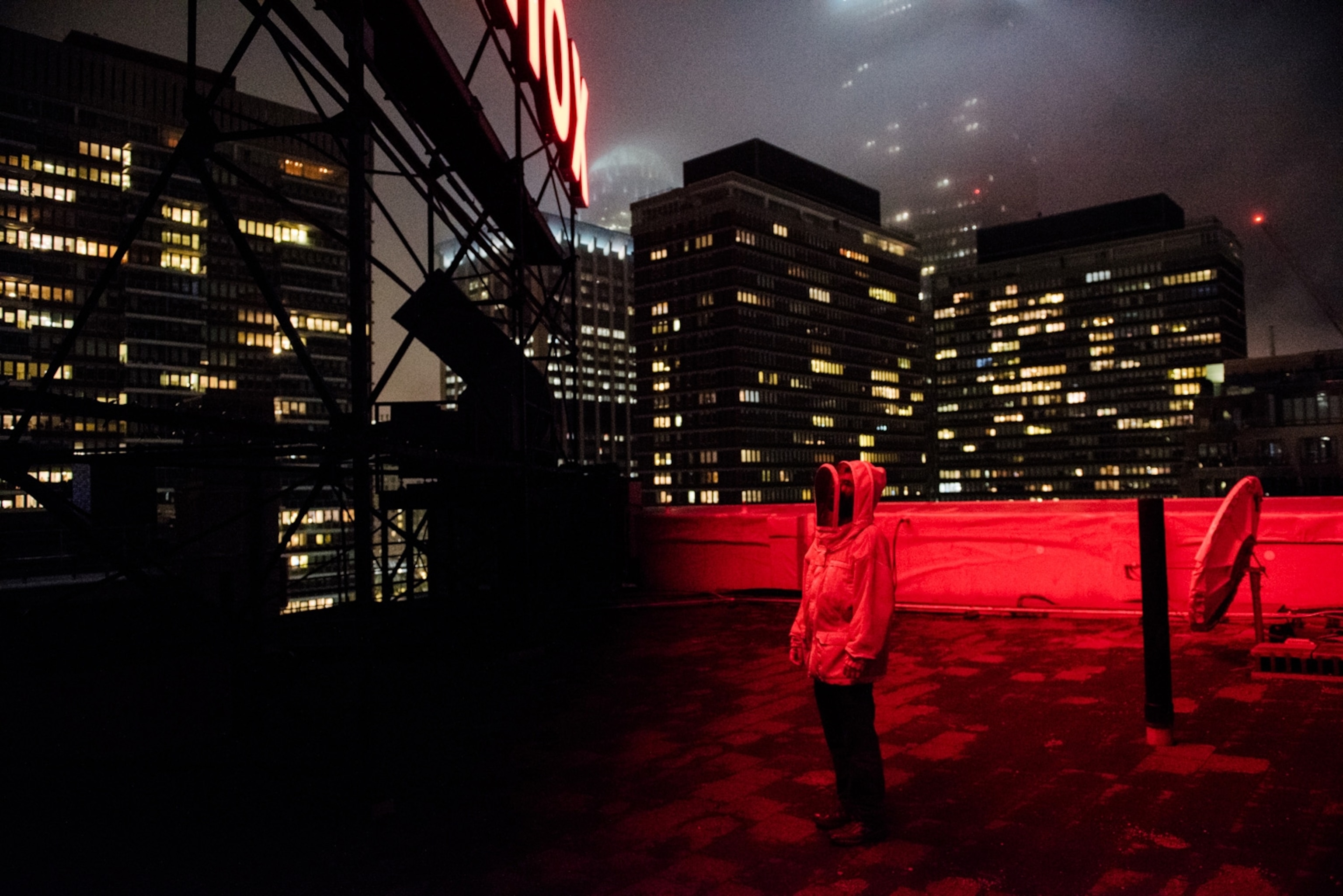
BECKY: What was the most unconventional use of urban farming you saw?
MARIO: At the Giants stadium in San Francisco, a gardening company had come up with the idea to put a small farm right next to the baseball field so visitors could experience where the food they were eating was grown. The food stands there sold mixed lettuces, some of it freshly harvested, with Mediterranean pita flat bread and other variations of it. It wasn’t just the location of the farm, but also the interaction that people had with it.
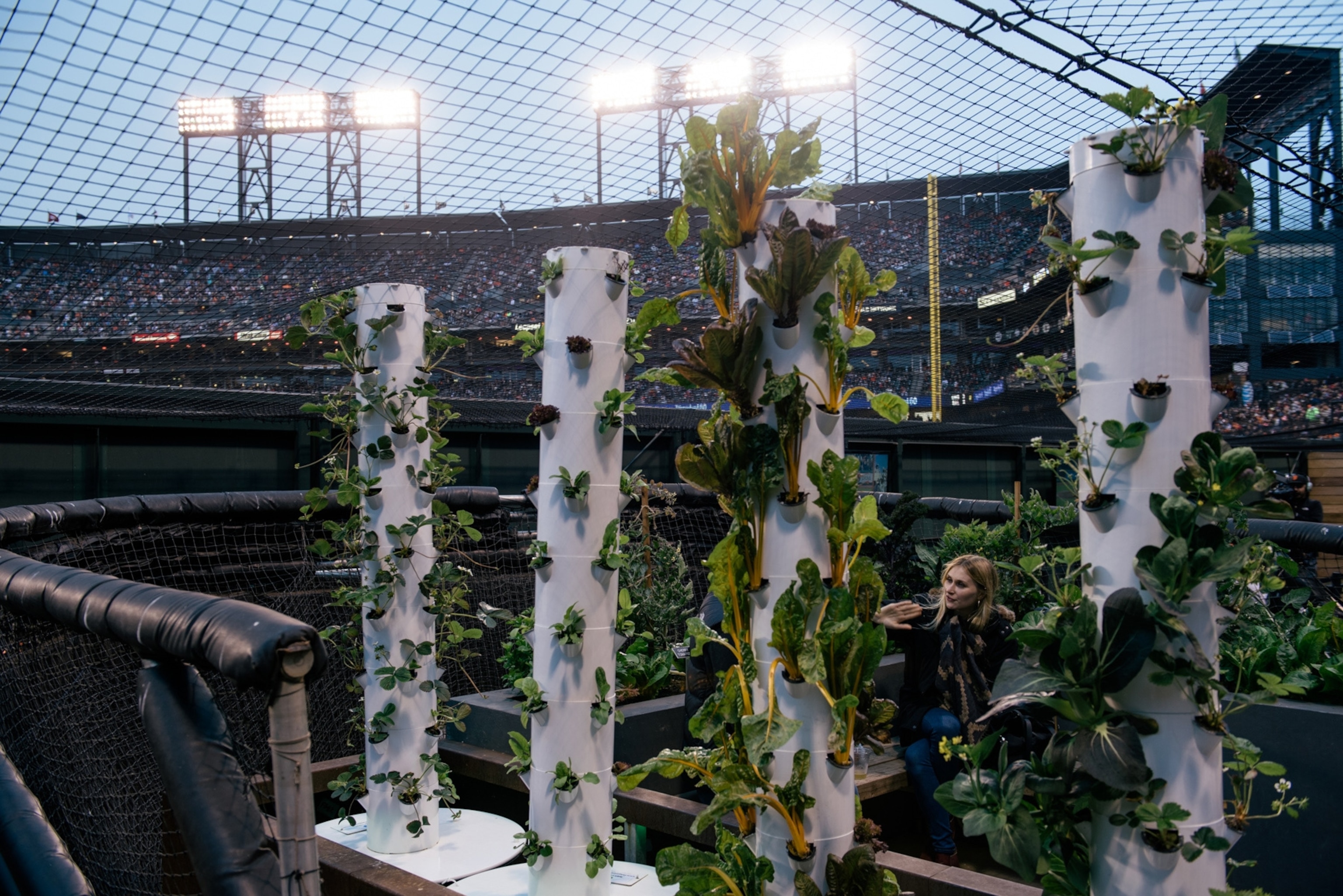
BECKY: Where was the most surprising urban farm you photographed?
MARIO: San Quentin State Prison. I had heard that a few prisons around the country were using urban farming for therapeutic measures, one of them being San Quentin. The program itself was great, aiming to connect prisoners to nature. It was incredible to see those big guys who are sometimes a little scary-looking nurturing a flower or other plants.
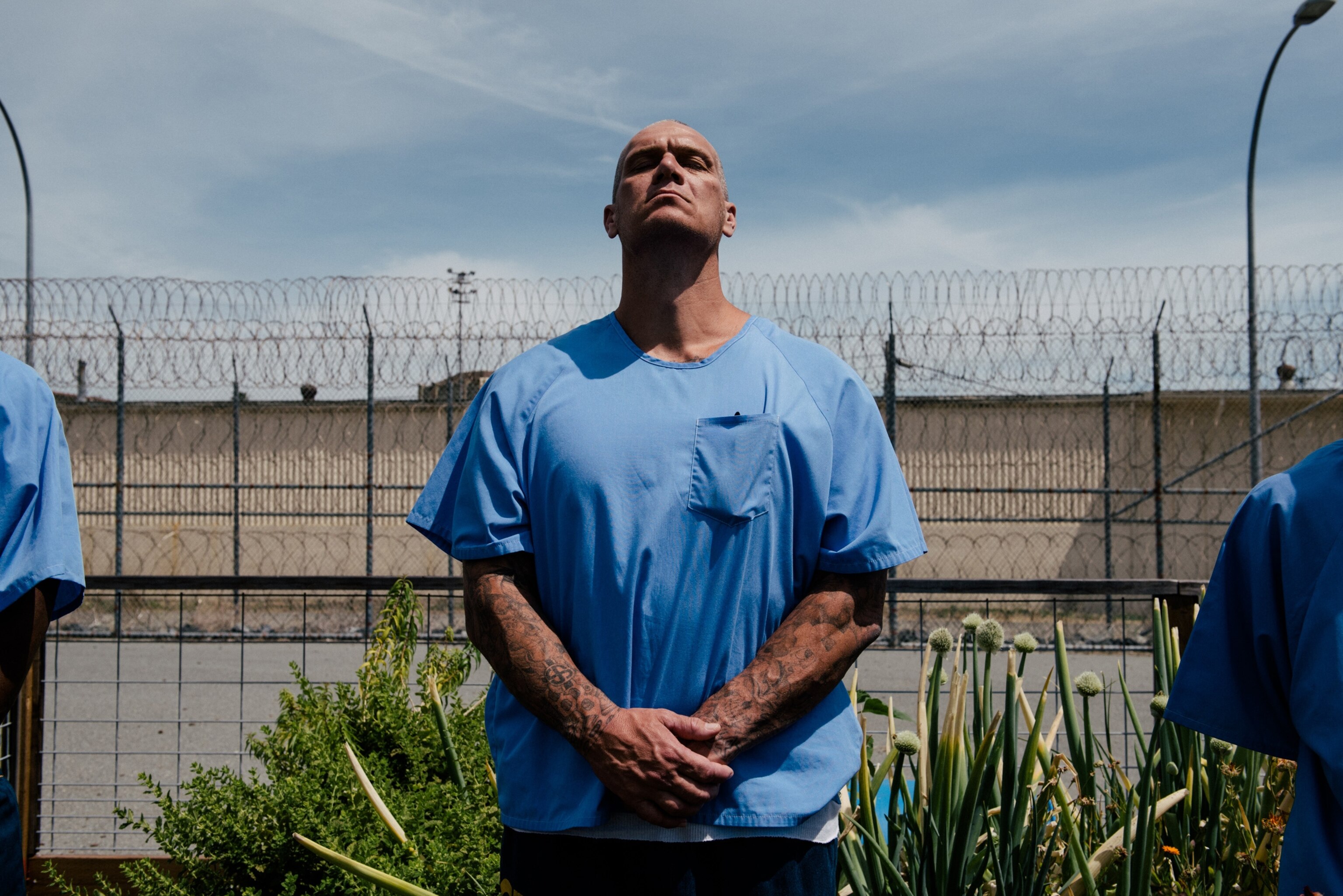
BECKY: Did you ever get your hands dirty?
MARIO: Sure. Often on the farms, I’d see the same scenes again and again, or similar things would happen. After the first few weeks of shooting, sometimes I couldn’t see obvious images anymore, so I would put my camera down and just work a little bit with people on their farms. It helped to clear my head and get new a perspective on the topic.
It helped me to tell this story. People see that you are invested and that you help out if they need you. I’m there as a photographer but also as a human being. These small moments of putting your camera away and just being there help to grow a connection to your subjects.
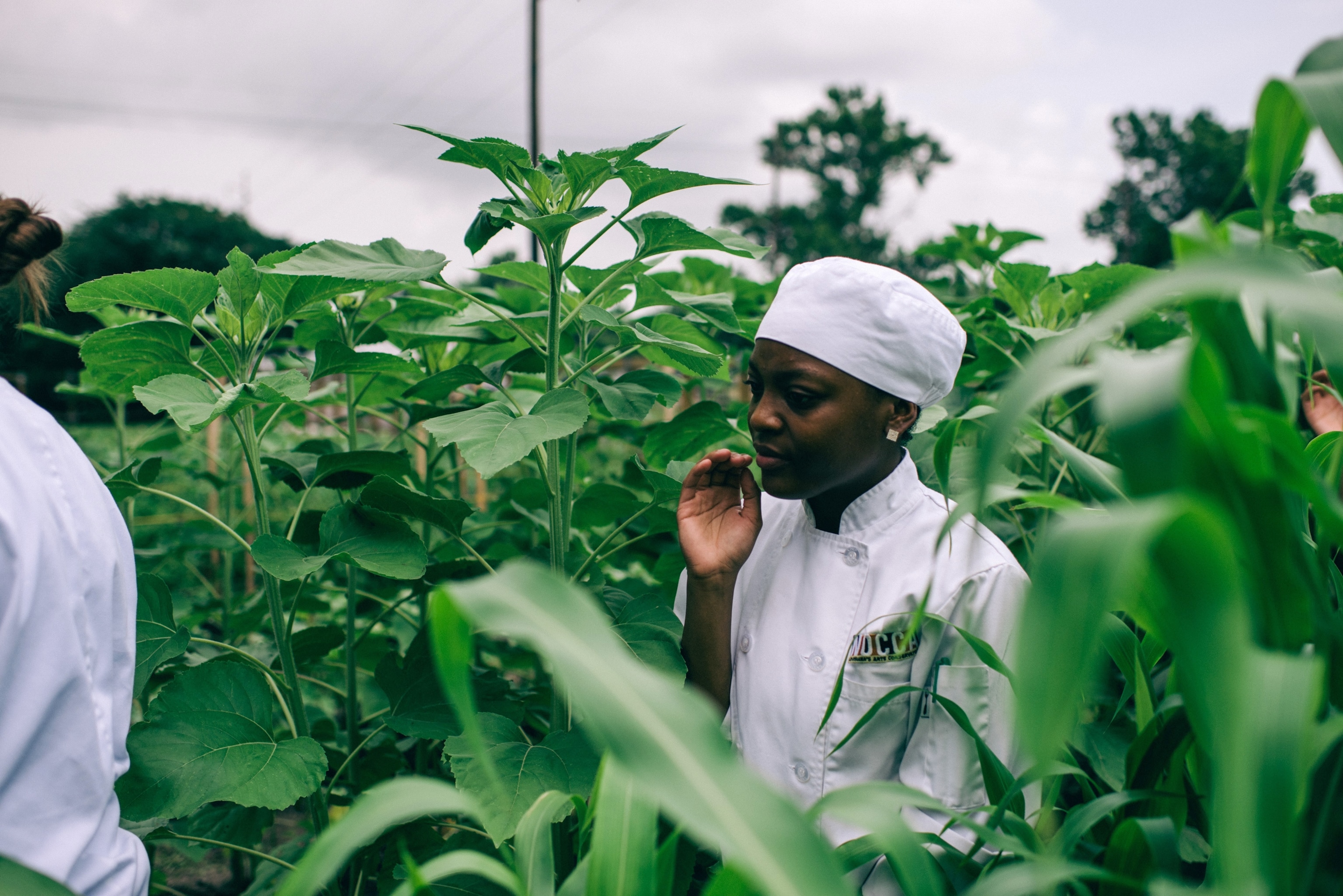
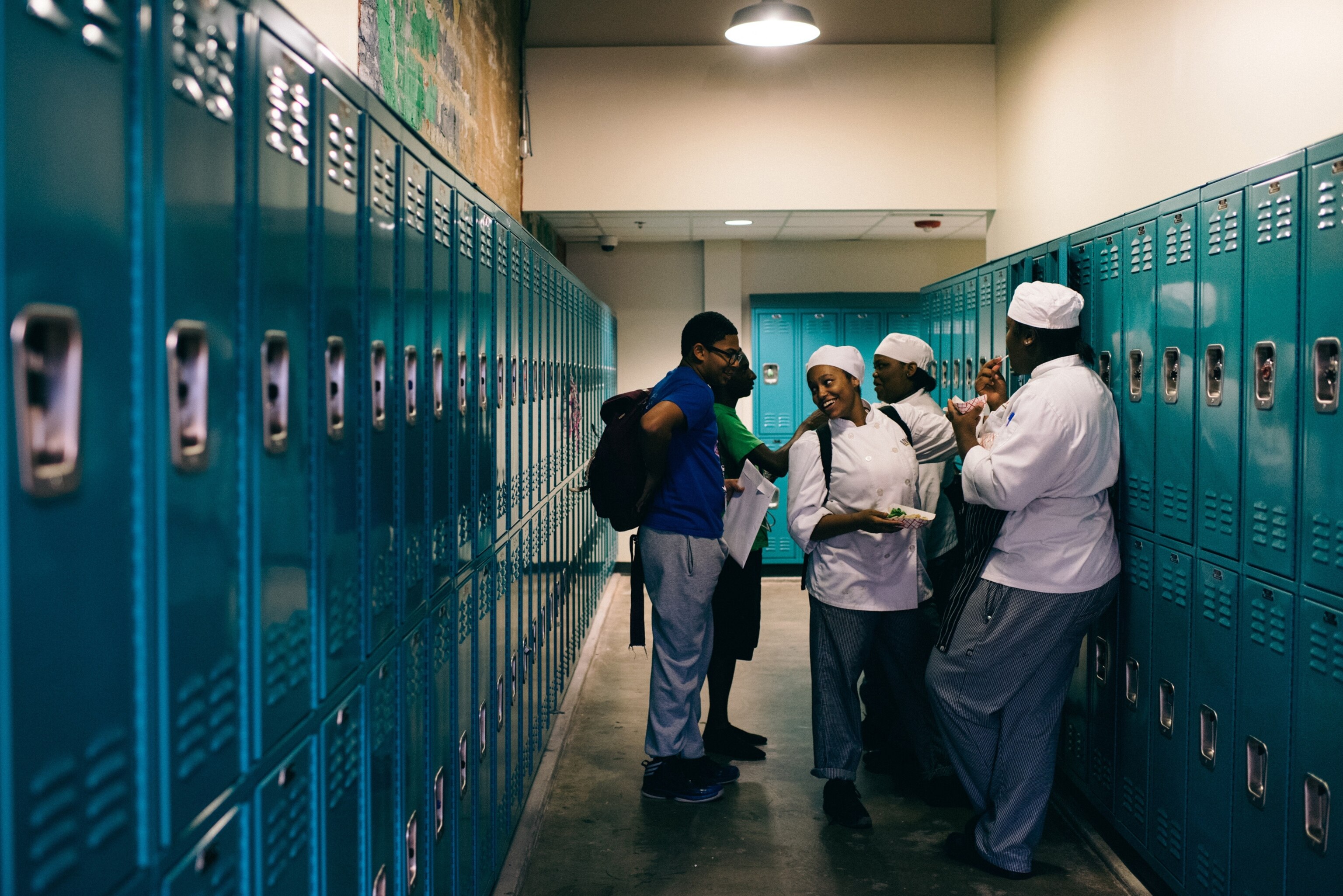
BECKY: How did you narrow down your edit from 28,000 pictures to 35?
MARIO: I had spent long days editing with Jessie, discussing and sequencing the project, narrowing it down to its core. As a photographer you’re emotionally attached to some images that might not work in the bigger context of the project, but you can’t (or don’t want to) let them go. Jessie was fantastic in pointing these out to me.

BECKY: At the end of your internship you had to present your final edit to the editor in chief, the director of photography, and basically the rest of the magazine staff. How did that feel?
MARIO: It was so intense.
There are definitely a few minutes before my final presentation that are blank in my memory. The room was dark and my voice was the only sound in it. I was nervous but also really excited to share what I had worked on. I forced myself to only look to the screen because I didn’t want to know how many people were in the room.
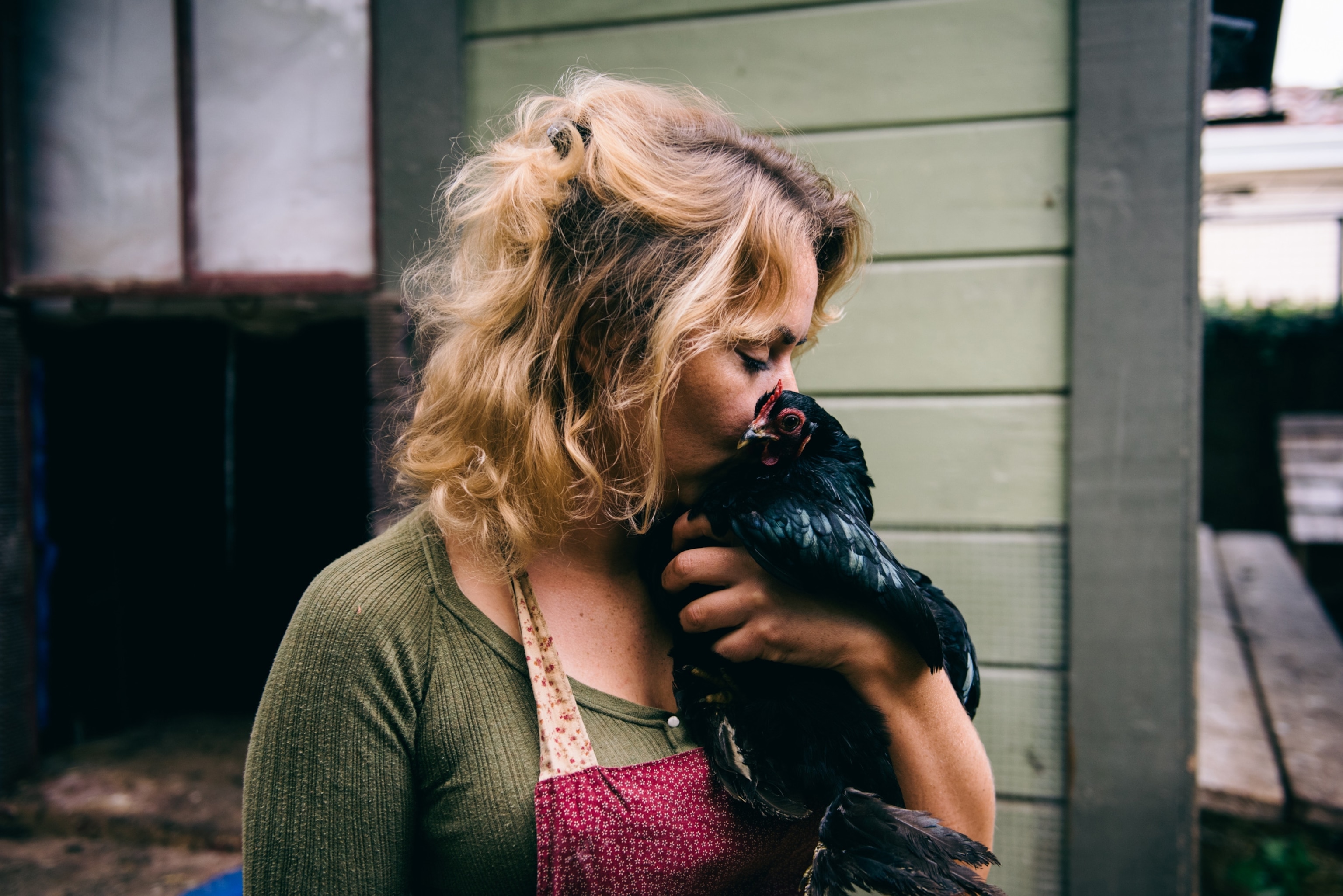
BECKY: What one piece of photographic advice did you hear while you were here that you’ll keep with you?
MARIO: Right before I left for the project I spoke with Sarah Leen, the director of photography, who said: “Whatever you’re feeling in a situation that you’re photographing will be transmitted to the person looking at your photograph. So what does the situation make you feel? Happy, sad, excited, angry? If you’re not feeling anything then the viewer won’t feel anything either. And the best photographs make the viewer feel something. And feel it strongly.”
I can’t expect people to let me into their lives if I’m keeping my intentions and thoughts from them. A feeling is nothing I can create. It originates from empathy and honesty.
website




